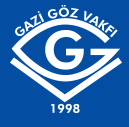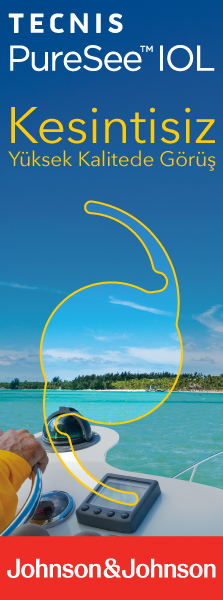2Bitlis Devlet Hastanesi, Göz Hastalıkları, Bitlis, Turkey DOI : 10.37845/ret.vit.2025.34.5 Aim: We aimed to evaluate the current imaging findings and treatment approaches for retinal artery macroaneurysm (RAM).
Methods: Our study was a retrospective single-center observational study of 26 RAM cases between 2018 and 2023. All patients underwent a full ophthalmoscopic examination. RAMs have been classified as hemorrhagic, exudative, or inactive (quiescent) based on foveal involvement. Treatment methods, complications, and final best-corrected visual acuity (BCVA) were evaluated.
Results: Among the cases, 57.7% were women, and the average age of all patients was 67.9 ± 14.6. The follow-up period was 33.5 ± 15.4 months. When evaluated in terms of the classification of RAMs, 12 cases (52.1%) were inactive RAM, 10 cases were exudative RAM (38.5%), and 4 cases (15.4 %) were hemorrhagic. Of the 12 inactive RAM cases, while 9 cases were followed, laser treatment was applied in 3. At least three doses of intravitreal anti-vascular endothelial growth factor (VEGF) were administered to 8 of the 10 exudative RAM cases. Two of the four hemorrhagic RAM cases were treated with pars plana vitrectomy (PPV), one was treated with intravitreal anti-VEGF, and only one was followed up. A significant increase in the final visual acuity was found in all patients, regardless of treatment.
Conclusion: Although observation was a good choice in quiescent RAM cases without foveal involvement, anti-VEGF treatment, PPV, and laser photocoagulation were effective treatment methods in RAMs with foveal involvement.
Keywords : Imaging, retinal arterial macroaneurysm, treatment




